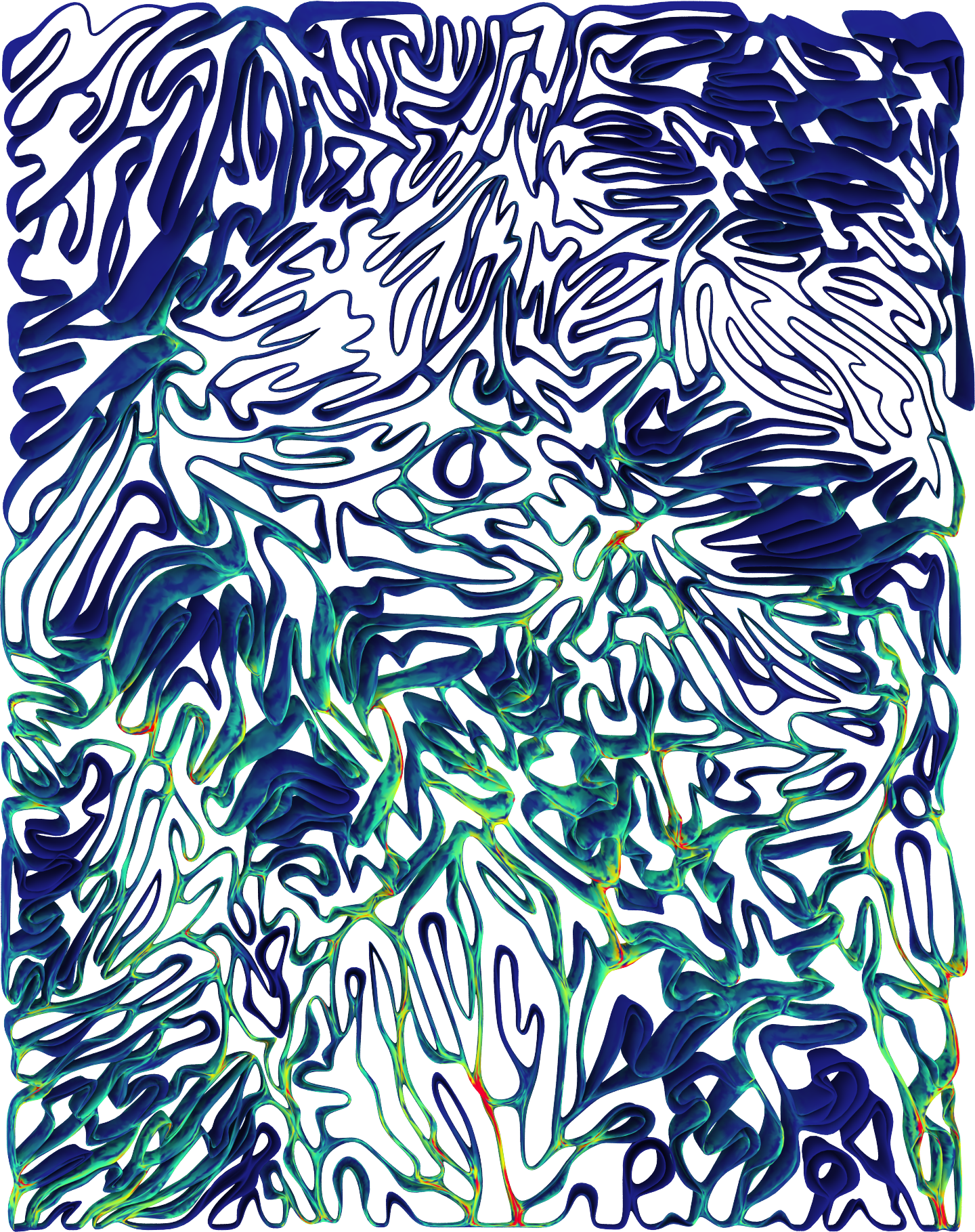Rafael Pastrana

︎ arpastrana@princeton.edu
︎ @arpastrana
︎ @arpastrana
︎ Publications
I am a Ph.D. candidate in the Form Finding Lab at Princeton.
My research focuses on computing mechanically efficient geometry for architectural structures, such as bridges and towers, by combining physics simulations with deep learning. I develop open-source software tools like JAX FDM and COMPAS CEM.
My professional experience lies at the intersection of geometry, computation and structural engineering. Most recently, I worked as a software engineering intern at Robert McNeel & Associates over the summers of 2023 and 2024, developing new technology to solve inverse problems on NURBS curves and SubDs in Rhino.
In 2019, I was at the Block Research Group, and created a digital framework to streamline the fabrication of a 1:1 mockup of the funicular slabs in the NEST HiLo. In 2018, at Gramazio Kohler Research, and in collaboration with Autodesk Research, I trained reinforcement learning models to automate the robotic assembly of timber structures.
Between 2014 and 2017, I worked at Bollinger + Grohmann as a structural engineer. There, I was responsible for the structural analysis and geometric rationalization of several art installations in Europe and in Australia.
I hold a Master of Advanced Studies in Architecture and Digital Fabrication from the ETH Zurich and a Master of Arts from Princeton.
︎ @arpastrana
︎ @arpastrana
︎ Publications
I am a Ph.D. candidate in the Form Finding Lab at Princeton.
My research focuses on computing mechanically efficient geometry for architectural structures, such as bridges and towers, by combining physics simulations with deep learning. I develop open-source software tools like JAX FDM and COMPAS CEM.
My professional experience lies at the intersection of geometry, computation and structural engineering. Most recently, I worked as a software engineering intern at Robert McNeel & Associates over the summers of 2023 and 2024, developing new technology to solve inverse problems on NURBS curves and SubDs in Rhino.
In 2019, I was at the Block Research Group, and created a digital framework to streamline the fabrication of a 1:1 mockup of the funicular slabs in the NEST HiLo. In 2018, at Gramazio Kohler Research, and in collaboration with Autodesk Research, I trained reinforcement learning models to automate the robotic assembly of timber structures.
Between 2014 and 2017, I worked at Bollinger + Grohmann as a structural engineer. There, I was responsible for the structural analysis and geometric rationalization of several art installations in Europe and in Australia.
I hold a Master of Advanced Studies in Architecture and Digital Fabrication from the ETH Zurich and a Master of Arts from Princeton.